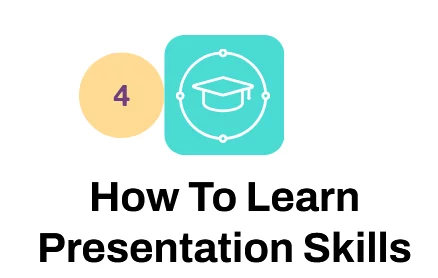
Stop Trying to “Get Over” Fear of Speaking!
Contents
The most common advice about public speaking is also the most misleading: “Just get over it.”
But fear of speaking isn’t something to eliminate.
It’s something to understand, use – and eventually, appreciate.
This article breaks down how to transform speaking anxiety into a strategic asset with novel insights and actionable steps, grounded in training experience and human psychology.
1. Fear Is Feedback, Not Failure
Your fear means something matters. It’s not proof you’re unprepared.
It’s a signal that you care—about impact, credibility, or doing justice to your message.
Why it matters:
- Your limbic brain (where fear originates) controls behaviour, not language
- Fear often peaks before you speak, not during
- Suppressing fear increases it—acknowledging it reduces it
Pro tip: Instead of “I need to be fearless,” try “I need to be connected to why I’m here.”
2. Stop Trying to “Get Over It”
Trying to erase fear keeps you stuck in it.
The belief that “real speakers aren’t nervous” is outdated and harmful.
Reframe fear as:
- Adrenaline = energy, not panic
- Alertness = readiness, not incompetence
- Excitement = opportunity, not danger
“I’m nervous” and “I’m excited” trigger similar physical responses—your label shapes your outcome.
This is a core fundamental of our Presentation Skills courses, manifesting fear instead of avoiding it.
Try this:
Rehearse with mild nerves by presenting:
- To a mirror
- On camera
- To one trusted colleague
3. Self-Focus Fuels Fear – Shift to Service
The more you focus on yourself, the more fear wins.
Most speaking anxiety isn’t about speaking—it’s about how you’ll be seen.
Ask instead:
- Who am I here to help?
- What change am I trying to create?
- What would I say if this audience were a friend?
Grounding exercise:
Write this before you speak:
“If my audience only remembers one thing, it should be ____.”
4. Don’t Avoid Fear – Train It
Avoidance teaches your brain that fear is dangerous.
But when you practise with fear, you train your system to adapt.
Confidence is a result—not a requirement.
Low-stakes ways to practise:
- Join a Toastmasters group or lunch & learn
- Narrate your ideas during meetings
- Record short video messages to colleagues
5. Fear Reveals What You Value Most
Here’s a novel insight: your biggest fear may point directly to your values.
- Afraid of sounding stupid? → You value clarity.
- Afraid of being judged? → You value respect.
- Afraid of being vulnerable? → You value honesty.
Fear often guards the exact door you’re meant to walk through.
6. Your Goal Isn’t Zero Fear – It’s Natural Delivery
Perfection isn’t relatable. Presence is.
You need congruence. That means:
- Speaking like you speak
- Pausing when you think
- Letting go of the script when it helps
People connect to people, not presentations.
Summary: Speak With Fear, Not Against It
Habit to Build → Outcome
- Reframe nerves as energy → Feel alert, not alarmed
- Focus on audience, not ego → Speak with clarity and confidence
- Practise small, fail safely → Build long-term resilience
- Use fear as a compass → Find your unique speaking strengths
If people think you have a natural delivery, it’s a sign you can speak like a pro.
Final Thought
Don’t aim for fearless speaking.
Aim for honest, purposeful, audience-focused communication.
Fear won’t disqualify you.
It might just be the thing that makes you unforgettable.
- Facebook: https://www.facebook.com/profile.php?id=100066814899655
- X (Twitter): https://twitter.com/AcuityTraining
- LinkedIn: https://www.linkedin.com/company/acuity-training/





